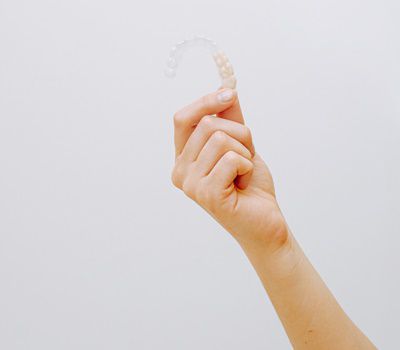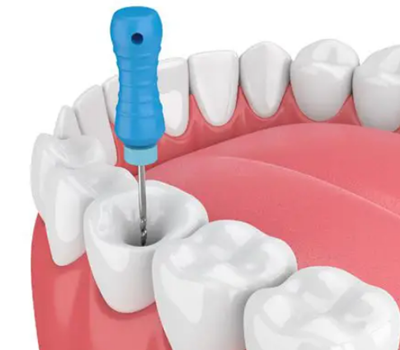SERVICES
Restorations
Services
Dental restorations are used to bring the teeth back to their ideal aesthetics, contour, functionality, and structural integrity. Some of the notable dental restorations are crowns, veneers, bridges, implants, fillings, inlays, onlays, dentures, composite bonding, etc. Although most dental restorations were earlier made from metals, such as gold, silver, or amalgam, we have turned towards tooth-colored restorations in recent years. They are either made from ceramic or composite resin.
What are the advantages of tooth-colored restorations?
- They are biocompatible, meaning they do not cause any adverse reactions to the natural tissues of the teeth or surrounding soft tissues.
- They offer excellent sealing. This feature prevents the onset of oral infections and protects the prepared tooth surface.
- They can be customized to mimic the exact aesthetics of the natural teeth in terms of color, texture, contour, and size.
- Fabricating these restorations is easier, as dental-grade ceramic is easier to work with. The procedure is quite simple and straightforward as well, as most restorations can be placed in two consultations.
- They offer excellent durability and longevity. With optimum care, ceramic restorations last upwards of ten years with little or no repairs required.
- Ceramic restorations are highly resistant to staining.
Popular dental restorations
- Crowns: Crowns are widely used to restore teeth that are damaged, naturally misshapen, contain a large filling, severely worn out, or too weak to sustain by themselves. They can be placed in two visits to the dentist’s practice. They completely cover a tooth and keep it from getting damaged.
- Veneers: Veneers are mainly used for cosmetic purposes. They are wafer-thin ceramic restorations bonded to the frontal surface of the teeth. They can be used to restore teeth that are cracked, chipped, severely discolored, excessively spaced, or need an aesthetic makeover.
- Fillings: Fillings are widely used to fill cavities and restore the strength and functionality of decayed teeth. They can be placed in the cavity and shaped as required, making them quite easy to work with. Composite or ceramic fillings offer excellent aesthetics and sealing properties, making them perfect for filling cavities.
- Bridges: Dental bridges are used as a replacement for missing natural teeth. They do not require surgery to be placed in position, making them worthy alternatives to dental implants. A solid prosthetic tooth is held in position by dental crowns on either side, which give the bridge the necessary strength and stability.
- Implants: Dental implants are the most preferred option to replace missing teeth. They are placed directly in the jawbone, which makes them highly stable, enhances jawbone health, and appears just like a natural tooth.
- Composite bonding: Bonding is the process of applying a composite resinous material on the surface of the teeth, shaping it as required, and hardening it using a curing light. This restorative method is used to reshape the teeth and fill cracks or cavities on them.
Please get in touch with us through online consultation or by calling us at (408) 730-2475, and we’ll guide you further.
Office Hours
MON 9:00 am - 6:00 pm
TUE 8:30 am - 5:00 pm
WED Closed
THU 8:30 am - 5:00 pm
FRI 9:00 am - 6:00 pm
SAT 8:00 am - 4:00 pm
SUN Closed





